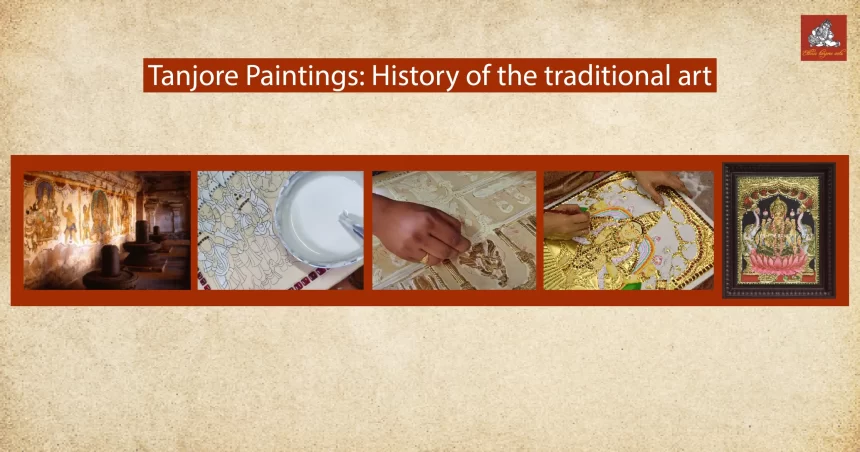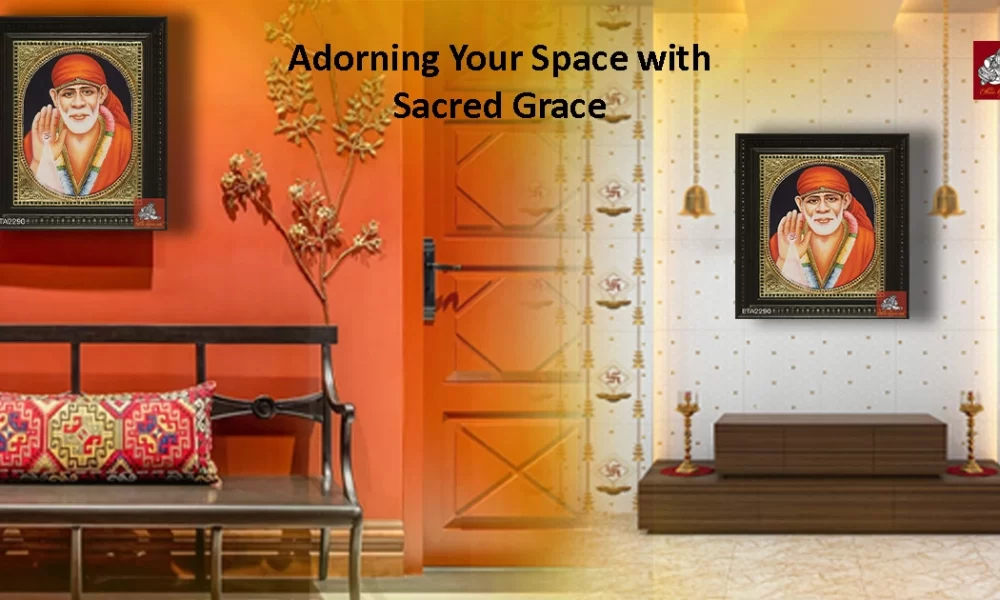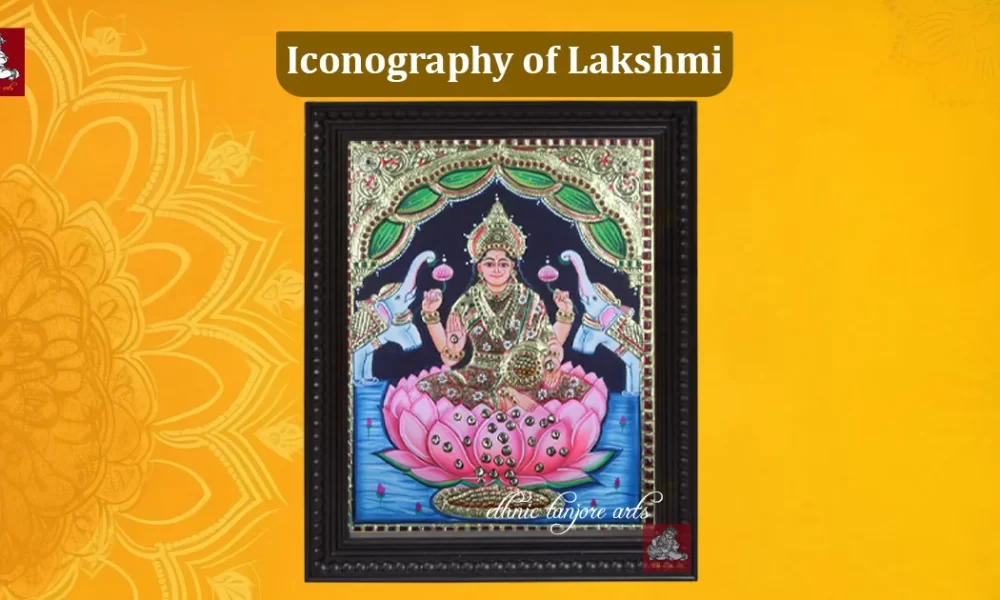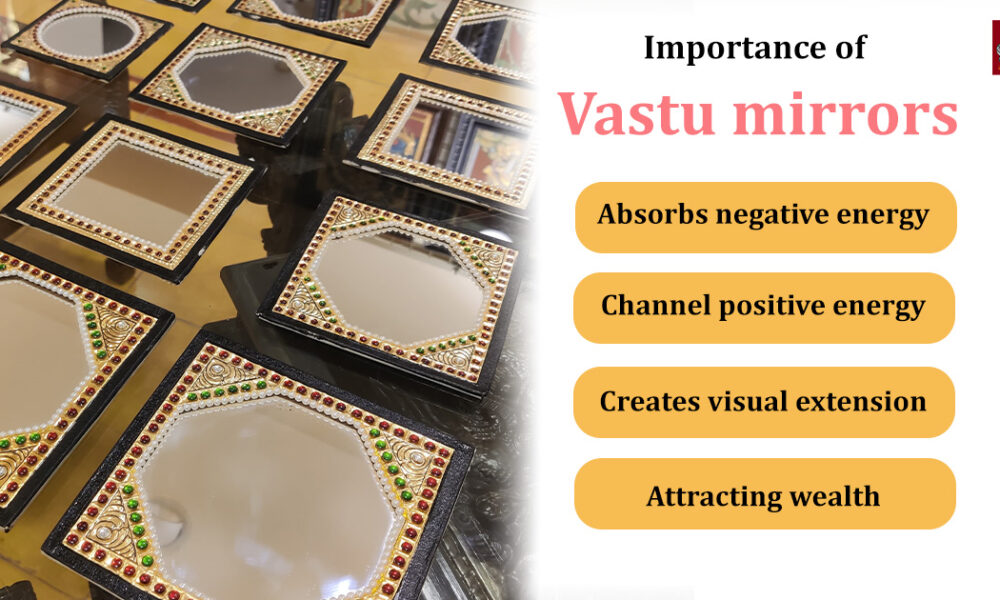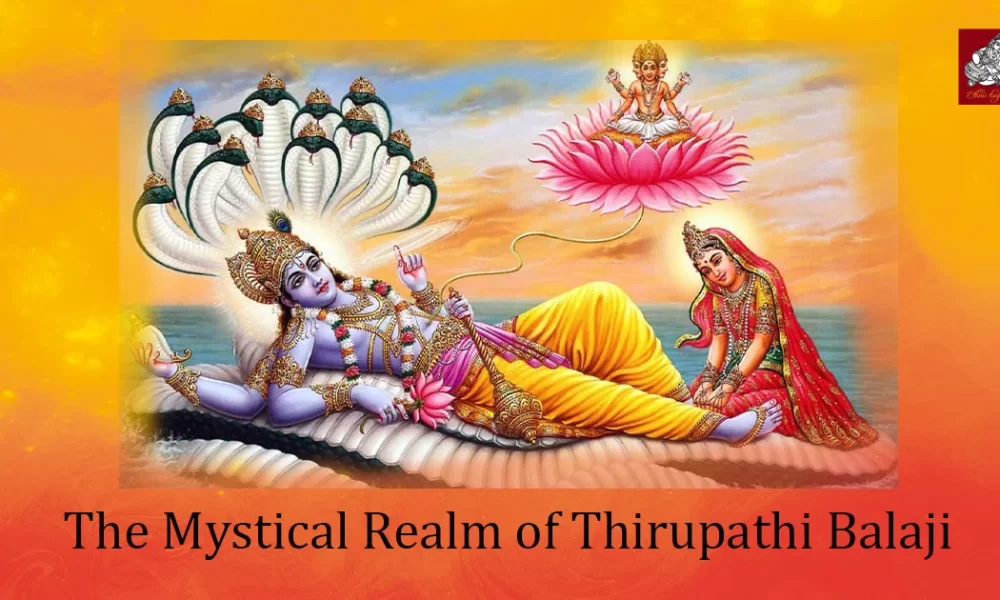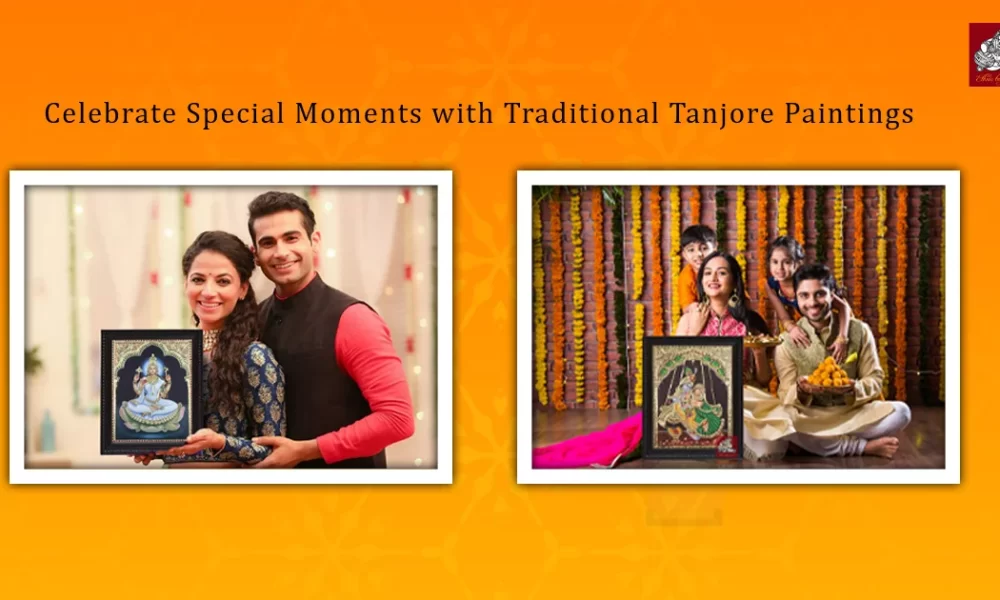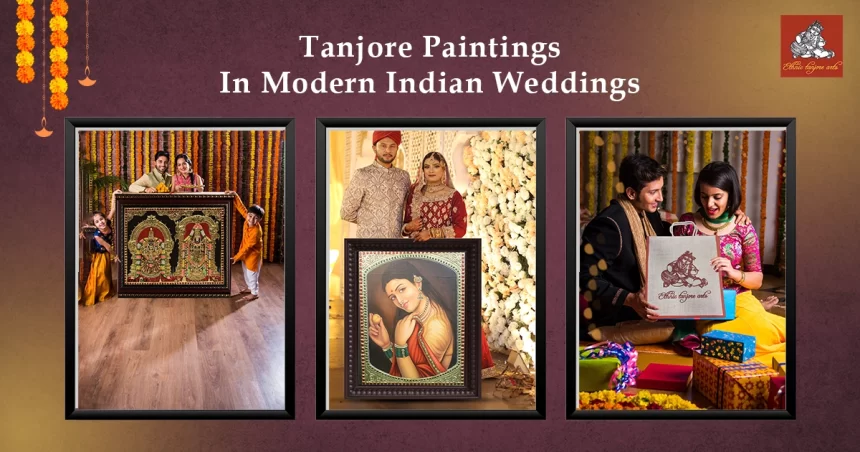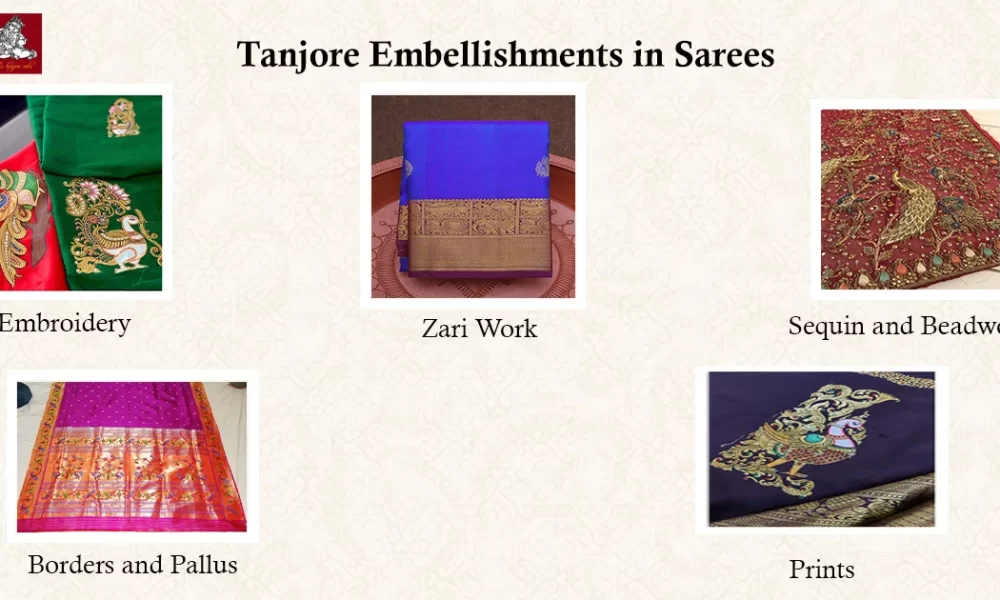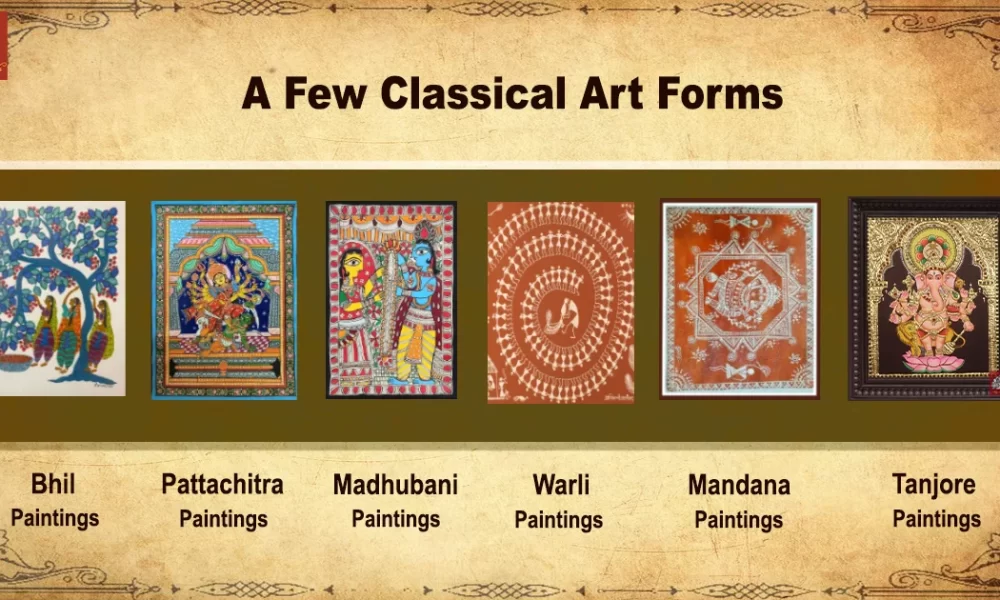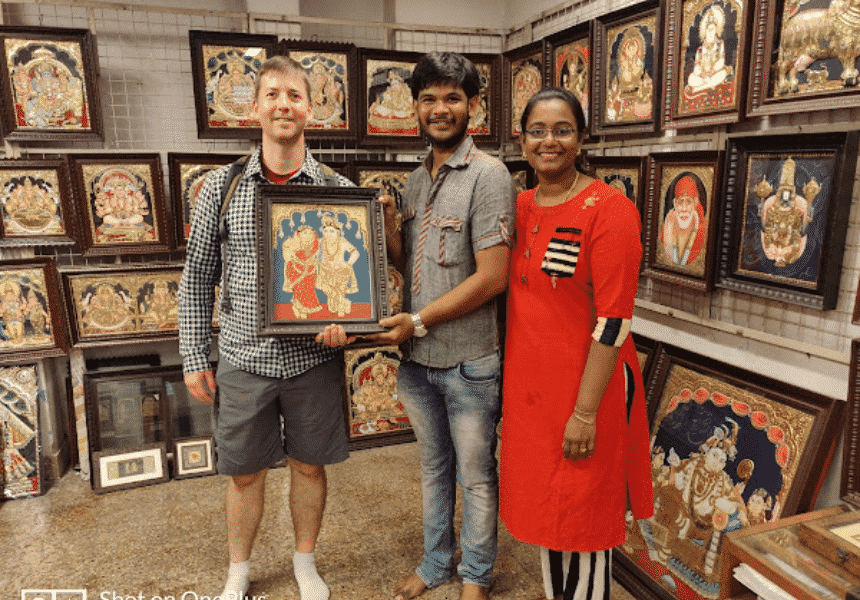What’s the first thought that comes to mind when you hear the word Thanjavur? Let’s take a guess. Brihadeeshwarar temple? Rice bowl of Tamil Nadu? Tanjore Paintings? Today, let’s dive into the legacy of Tanjore paintings.
Introduction:
We have all come across Tanjore paintings multiple times, let’s say while searching for a gift or in a small shop while visiting Tanjavur, or maybe you even have one at home. Sure, the paintings make people look back twice just to behold the beautiful face of Krishna or Murugan.
Thanjavur paintings also referred to as “palagai padam” are painted on wooden planks and hence the name in local prance. What makes Tanjore paintings unique are the rich and vivid colors, glittering gold foils, and inlay of precious gems used to present the Gods of the Hindu religion. Every hue, gem, and curve coexists exquisitely in one frame and captivates who looks at it. That is the beauty of Tanjore paintings. Rather than just paintings, traditional Thanjavur paintings act as a reflection of the culture, religion, passion, and history of beautiful Thanjai. So hop on, we shall dive into history to know more.
The Origins of Tanjore Paintings :
Tanjore is the home to abundant art and architecture which reached its zenith during the Chola period between the 9th and 13th Centuries. The origins of the current form of Tanjore paintings date back to the 16th century during the Nayak period. However, the art form is highly influenced by the Maratha court.
Traditional Tanjore paintings flourished under Serfoji II’s reign in Thanjavur. The Marathas being great patrons of art imbued great innovations to the art form by introducing ornamentations to make the art form more royal. Using gesso work, glass beads, precious and semi-precious gems, and gold foil made the art form glow.
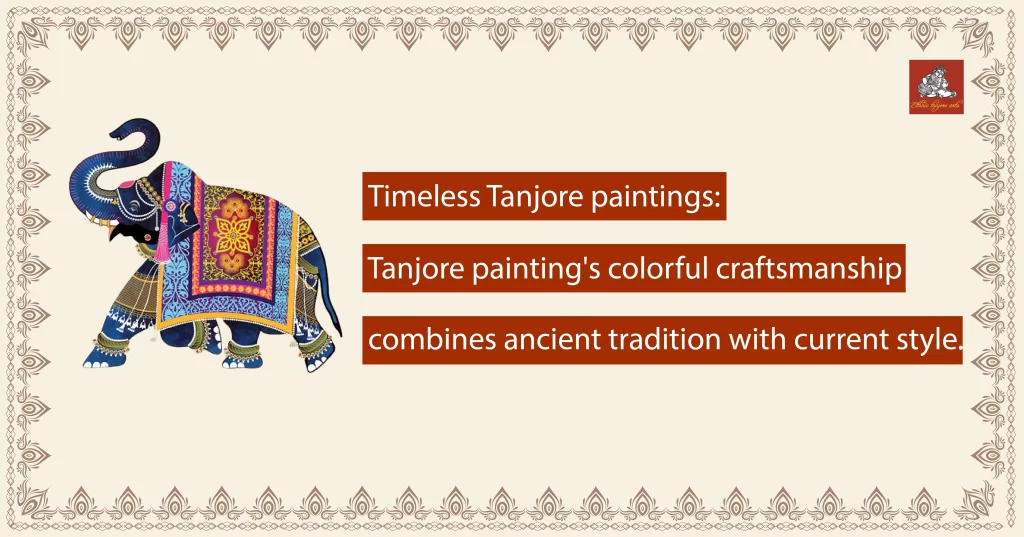
The Unique Style and Techniques
Thanjavur paintings are usually characterized by bright, vibrant colors, chubby-faced idols, gold foil, 3D feel artwork with embossings, and precious and semi-precious gems. Paintings usually depict Hindu Gods and Goddesses but are not limited. Maratha rulers, their courtiers, and nobility were also painted and the paintings were used as adornments in Martha palaces and buildings.
As the name, “Palagai padam” suggests, artists used a wooden plank as the base for painting. The wood is evenly coated with a mixture of chalk powder and Arabic gum. Once dried, the artist sketched a detailed outline of the main and subsidiary figures. Gesso works were carried on first and gold foil in sheet form was applied, usually on the embossed areas to elevate the royal look and feel. The painting was later filled with vibrant and vivid colors to showcase the unique styles. The culmination of the beautiful artwork is the ornamentation, where precious and semi-precious gems are laid.
Religious and Cultural Significance:
Tanjore paintings serve as an icon of significance in the Hindu religion and cultural aspect of Tamil Nadu. Tanjore paintings often visualize the tales from the Hindu mythologies of Mahabaratham, and Ramayanam and portray Gods and Goddess as the subject. Stories and values live through the painting and have become a beautiful symbol of devotion, often used for worship in households.
Tanjore paintings have been recognized as a Geographical indication by the Government of India in 2007–08. It showcases the richness and diversity of Indian art culture. Receiving endless praises, Tanjore paintings serve a significant role in being an inspiration for emerging artists with it’s unique style and depth. Originating from Chola, patronized by Nayaks and Marathas, Tanjore paintings depict the passage of time and the preferences of kings and royals.
Famous Tanjore Paintings and Artists:
Traditionally, the Raju community of Thanjavur and Trichy, well known as Jinigara or Chitragara carried out Tanjore paintings. Additionally, the Nayudu community of Madurai painted the Tanjore-style art. All the artists made Tanjore paintings as uniquely as their minds following different subjects, urgency, influence, and financial situations.
Some master craftsmen chose to remain anonymous, as a way of Indian artistic tradition. They considered the art to be a sacred task meant to be performed with ritual purity and humility. But, few also chose to sign their artworks, and the most notable figure is C.Kondiah Raju, the famous calendar artist from Kovilpatti, a descendant of the Raju community.
Among many beautiful paintings, few antique paintings are noteworthy.
- Paintings dating back to the 17th and 18th centuries can be found at Saraswathi Mahal Library in Thanjavur.
- The government museum in Chennai and Thanjavur art gallery also showcase some fine art pieces.
Revival and Modern Adaptations
As the times change, art evolves along the dial. Even today Tanjore paintings are being made but quite different from original paintings. The state Government holds revival programs to protect the eternity of the art. Additionally, workshops, exhibitions, and training camps are organized periodically.
Modern adaptations use plywood in place of teak wood. Natural-derived inks are replaced by synthetic colors. These changes are inevitable in the wheels of time and depend on cost, availability, and the preferences of different artists. Irrespective of the few adaptations, the art pieces are a labor of love, time, skill, and devotion.
Tanjore paintings represent a golden era of art, immense devotion, and exceptionally skillful artisans. It’s a pride of this Land’s people and the beauty must be passed down the generations to be celebrated for a millennium more. With modern technology, Tanjore paintings online make way for everyone around the world to learn about the art. We owe a great deal of gratitude to the artists who kept painting age after age.
To conclude, We hope you see Tanjore paintings with a little more view from history, share its beauty, and support the artist whose labor keeps the art alive.

